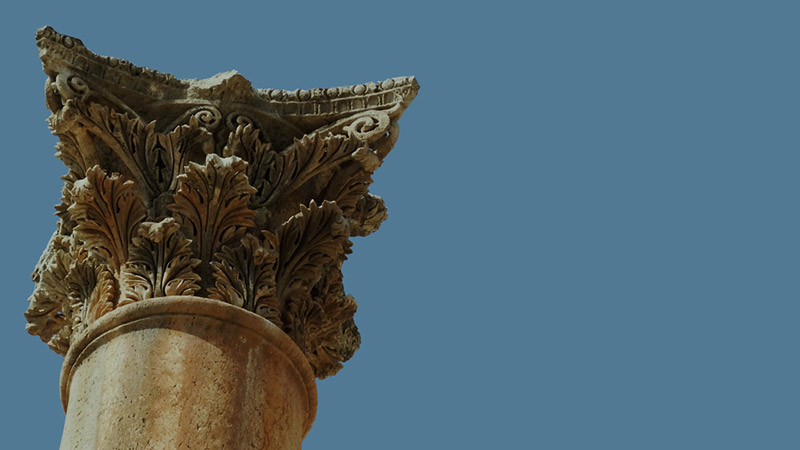More Results
Showing 12 of 58
Articles

A Far Country Decapolis
The Decapolis is mentioned by name only three times in the New Testament. In addition to these three instances, on at least two other occasions, Jesus visited specific locations in the largely pagan league of cities to the east of the Sea of Galil...
MORE
Fertility Cults of Canaan
Fertility Cults of CanaanOnly recently have scholars begun to unravel the complex religious rituals of Israel's Canaanite neighbors. Much of our knowledge of the origins and character of these fertility cults remains tentative and widely debated. ...
MOREEncyclopedia

Be Salt
Salt was very valuable during Jesus' day. It aided in the preservation of meat and enhanced the taste of food. But another less commonly known use of salt plays a key role in our understanding of what it means to be "salt" on our world.D...
MORE
Beelzebub
Who is Beelzebub?Baal-Zebul was the god of the Philistines; the name means "Exalted Baal" or "Prince Baal."In the Greek language of the New Testament, the name becomes Beelzebub. Jesus used the name Beelzebub for Satan, the pri...
MORE
City Gates in the Bible
City Gates in the Bible Since gates were the center of city life, it is not surprising that scripture writers often described important officials as "sitting in the gate." Understanding the important role of city gates brings new light t...
MORE
Confronting Evil
The CityAncient Beth Shemesh guarded the Sorek Valley of Israel's Shephelah; a place where the pagans and the Israelites often interacted.Beth Shemesh stands in Israel's Shephelah;foothills lying between the coastal plain and Judea Mountains. Seve...
MORE
Decapolis Area
Decapolis means "10 cities." Though the number of cities changed from time to time, the Decapolis was a group of independent city-states that were thoroughly pagan and Hellenistic. Veterans of Alexander the Great's army founded several o...
MOREGlossary

Abyss Definition
Means "bottomless pit." In the New Testament, the sea symbolized chaos, evil, and evil beings. The depths of the sea were seen as the home of demons, or the Abyss, according to Jewish tradition.At one point during his ministry, Jesus com...
MORE
Armageddon Definition
Transliteration of the Hebrew har megiddon, which means literally the "hill of Megiddo." Revelation 16:16 uses this place to symbolize the final great battle between good and evil. Many battles were fought at this location because the ma...
MORE
Defense Tower Definition
Scholars debate the importance of the large tower that once stood in Qumran because it was essentially a religious community of separatists who lived in a peaceful, almost monastic existence. The Essenes did, however, believe in the Messiah's immi...
MORE
Demon Definition
A powerful evil spirit that worked for Satan. Demons can sometimes control people. But Jesus has power over the demons and can make them come out of people (like he did at Susita).
MORE


















